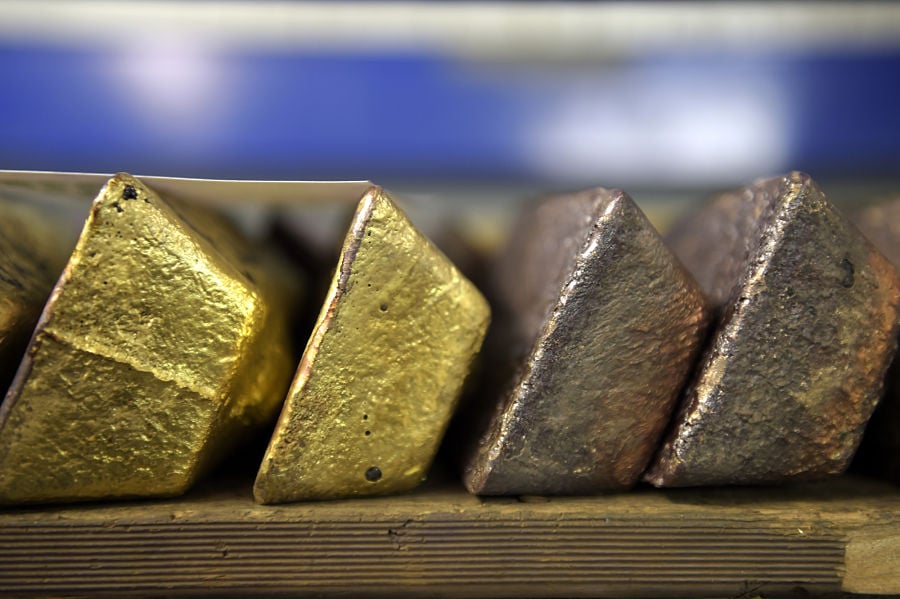As threats of a global trade war and
bond yields' move into negative territory spark
renewed interest in gold as a
portfolio ballast, financial advisers are faced with new choices among a growing list of gold-related exchange-traded funds that are competing on fees.
Contrary to the history of ETFs, which has always favored the first movers and innovators, some gold ETFs appear to be benefiting by going directly after financial advisers by offering cheaper versions of the behemoth $38 billion
SPDR Gold Shares (GLD).
"GLD has traditionally been the go-to vehicle for gold-related investments, but starting last year we started seeing products coming to market that were competing on price," said Todd Rosenbluth, director of mutual fund and ETF research at CFRA.
GLD, which was launched in 2004 and has an expense ratio of 40 basis points, has long appealed to institutional investors and financial advisers because it is large enough to offer the liquidity and tight trading spreads that investors want.
However, with recent upstarts like the $135 million
Perth Mint Physical Gold (AAAU) and the $552 million
GranitShares Gold Trust (BAR) offering exposure to gold for about 18 basis points, there might be a fiduciary issue emerging.
"I've stuck with GLD all this time and just recently started looking at the gold ETFs with cheaper fees," said Dennis Nolte, vice president of Seacoast Investment Services.
"When you have a fiduciary duty to look at the lowest fees, you have to pay attention," he added. "But you also have to think about staying power, and these funds are relatively new. Let's see another upswing or what happens when gold tanks, and let's see how liquid these are."
Both BAR and AAAU are less than two years old, but Mr. Rosenbluth said the fact that both have surpassed the threshold of $100 million in assets says a lot about their potential for liquidity and tighter trading spreads.
"If an adviser believes now is a good time to buy gold, you now have a choice of gold-related ETFs that are under 20 basis points," he said. "They are gaining scale, so you probably won't have to worry about being alone when you want to get in or out of the fund."
The appeal of lower-cost access to gold has not been lost on State Street Global Advisors, which offers GLD and last summer launched
SPDR Gold MiniShares (GLDM), which is essentially an 18-basis-point version of GLD.
GLDM has grown to $860 million, and the launch is working out as planned, said Matt Bartolini, head of SPDR Americas Research at State Street Global Advisors.
"From our perspective, having GLD and GLDM allows us to target investors specifically," he said, noting that GLD's vast size is appealing to institutional investors that might want to trade anonymously. And GLD is trading around $135 a share, which suits institutional investors and options traders that prefer higher share prices.
Meanwhile, Mr. Bartolini said, GLDM's $14 share price is more suited for digital-advice platforms and other accounts with lower minimum investments.
Wedged in the middle between GLD and the host of cheaper gold ETFs is the $13 billion
iShares Gold Trust (IAU), which charges 25 basis points.
"IAU has been around for years as the traditional alternative to GLD," Mr. Rosenbluth said. "Now it's sort of in the middle, but with $13 billion in assets, it's another strong choice."







